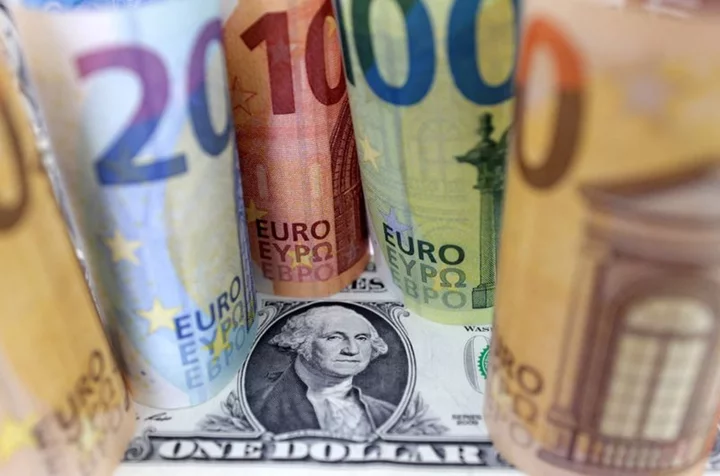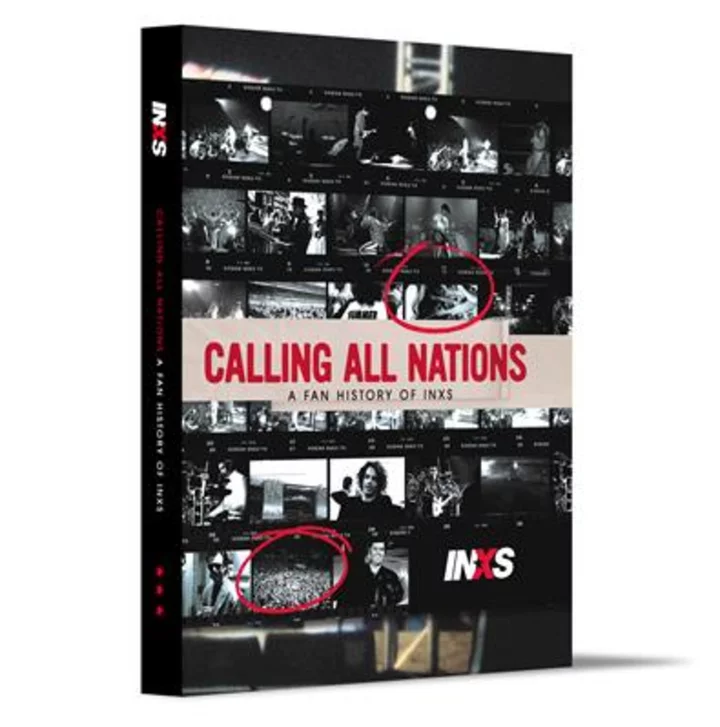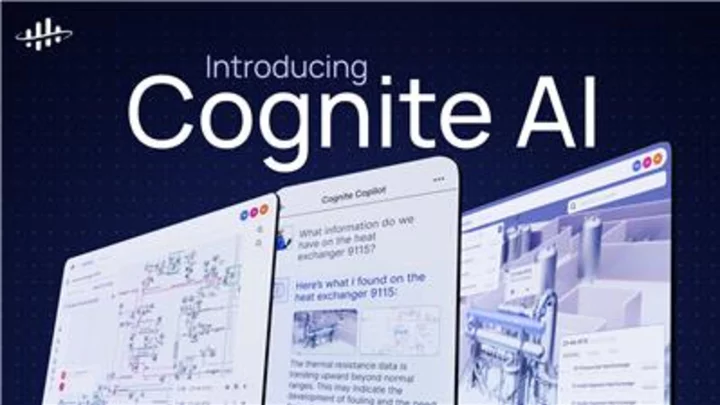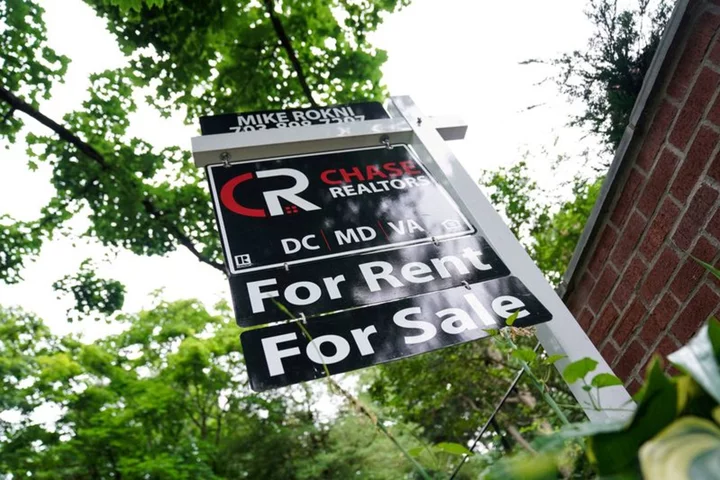Wind and solar power are sometimes dinged for not producing electricity 24 hours a day, but one of the most abundant minerals on the planet, iron, could be key to changing that.
Form Energy, founded in 2017, recently broke ground in West Virginia on its first commercial-scale factory to make iron-air batteries — totally different from lithium ion. The company's goal is to one day help supply the electrical grid across the United States with renewable energy 24 hours a day and slash the need for burning coal and natural gas, polluting energy sources we currently rely on.
CEO Mateo Jaramillo spoke with The Associated Press about progress toward achieving this vision. The interview has been edited for clarity and length.
Q: Why do you consider batteries a climate solution?
A: When I left divinity school in 2004 I made a sector bet and figured at some point, society will want effective energy storage. I grew up in Salinas, California, which is an agricultural town, and my parents worked for the farmer community. I’ve seen how many enjoy the benefits of traditional energy, but only some communities carry the burdens. I was compelled to figure a way to make a difference and felt that innovation was needed.
Q: Lithium ion batteries have some limitations and can only pump out power for four hours max. Why are iron-air batteries a good choice?
A: Lithium ion is an established, accepted technology being deployed at great volumes. But there isn’t a clear alternative on the market yet. We’re doing something different, storing energy for 100 hours at dramatically lower costs, to solve a multi-day storage problem as opposed to single-digit hours. Multi-day storage does not crowd out something like lithium ion, they complement each other very nicely. We see this over and over and over again in the modeling we do: Our lowest cost, most reliable, most decarbonized system has multiple types of energy storage.
Q: How much iron will you need?
A: About 2 billion tons of iron are mined globally every year — we would be in the single digital percentage of that total. Iron is available pretty much wherever you want to find it, there are massive deposits on every continent.
Q: Why did you choose West Virginia for the battery manufacturing facility?
A: The Mississippi River and Ohio River are essential for moving several million tons of material in a cost effective way. There are rail lines and a highway system nearby, so from a logistics perspective, it is a compelling site. Many people in the area also had great experience working in industrial environments given the community's history of producing steel, iron, and mining.
Q: How did you build trust with the local community?
A: Being transparent and committed to the region. We held a meeting at the local community center and a few hundred people came by. We had team members there just to say hello, answer questions, and to start to talk. There is excitement about the new jobs and work that is happening very actively. Early next year we will start to turn on the factory, so this is not a long wait and see process, this is moving immediately.
Q: Are batteries necessary for the U.S. to achieve net zero emissions?
A: The right kinds of energy are a core part of net zero, but there is no panacea or silver bullet. A lot of work over the next 20-30 years is needed across all industries that touch the power sector. It's not just technology, much less one company, showing up and saying, “We’ve got the whole thing fixed.” It’s going to take everybody.
Q: Have you had any moments of doubt since Form Energy was founded in 2017?
A: Whenever you embark on a deep technical challenge, you never know if the universe works the way you hope it does. There were moments of uncertainty, but very few, if any, moments of doubt. I was sure we had characterized the problem correctly, and that there was a big market need, and the solution would show up at the right time. It’s been a fairly linear pathway, which speaks volumes to the capabilities of our technical team.
Q: What does Form Energy need to accomplish for you to feel that the company’s mission has been achieved?
A: We won’t begin talking about our achievements until we are delivering to customers successfully because that’s what distinguishes a venture from a business. Right now we are a well-funded venture and have raised more than $800 million in venture capital funding. A business requires producing and selling to customers for value, so we won’t do that until close to the end of 2024. That’s when we can say, what else? Where do we go from here?
But to me, that’s the very beginning of what we hope to accomplish. The goal is to have a big impact for a very, very long time by building a category-defining company that positively impacts the economy and people who rely on electricity.
Q: What would you say to someone that is anxious about climate change?
A: I am a techno optimist, but there are a lot of good approaches in policy and business pointing to the solutions we need. Everybody has a role to play and all voices have to be part of technology, policy, and individual actions.
___
Associated Press climate and environmental coverage receives support from several private foundations. See more about AP’s climate initiative here. The AP is solely responsible for all content.









